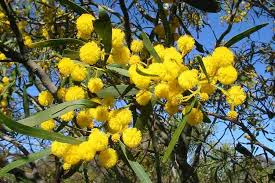
We evaluated the ecological impacts of the invasive alien species (IAS) Acacia saligna on the vegetation composition and structure of two coastal dunes woody habitats of Union concern (2250*: coastal dunes with Juniperus spp. and 2260: dunes with sclerophyllous vegetation consisting of Cisto-Lavanduletalia). We sampled 20 paired plots per habitat type under invaded (A. saligna cover > 70%) and non-invaded conditions, following a stratified random protocol. We tested the differences between invaded and non-invaded plots in terms of species composition of the entire species pool and of different ecological guilds and growth forms. Our findings showed that the invaded maquis (habitat 2260) had a significant decline in median richness (5 vs 2) and median cover (24.50 vs 8.00) of focal species and a significant increase in median cover of ruderal species (2.00 vs 5.50). The invaded juniper shrubs (EU habitat 2250*) preserved the typical species composition, but with significant variations in vegetation structure. The approach adopted in this study, accompanied by the results obtained, contribute towards fulfilling EU Regulation 1143/2014 on IAS.
https://www.tandfonline.com/doi/full/10.1080/14888386.2021.1936640

Commenta per primo